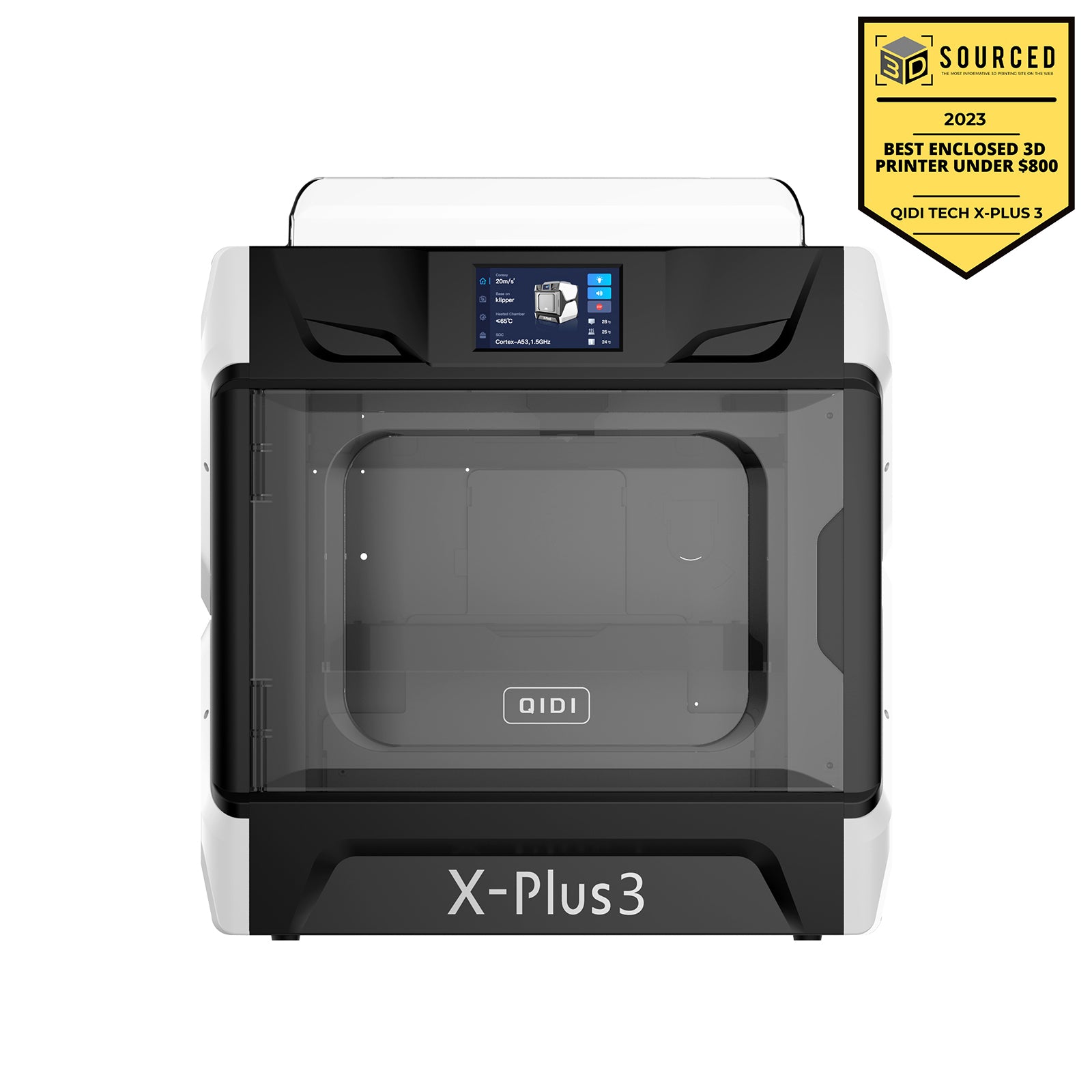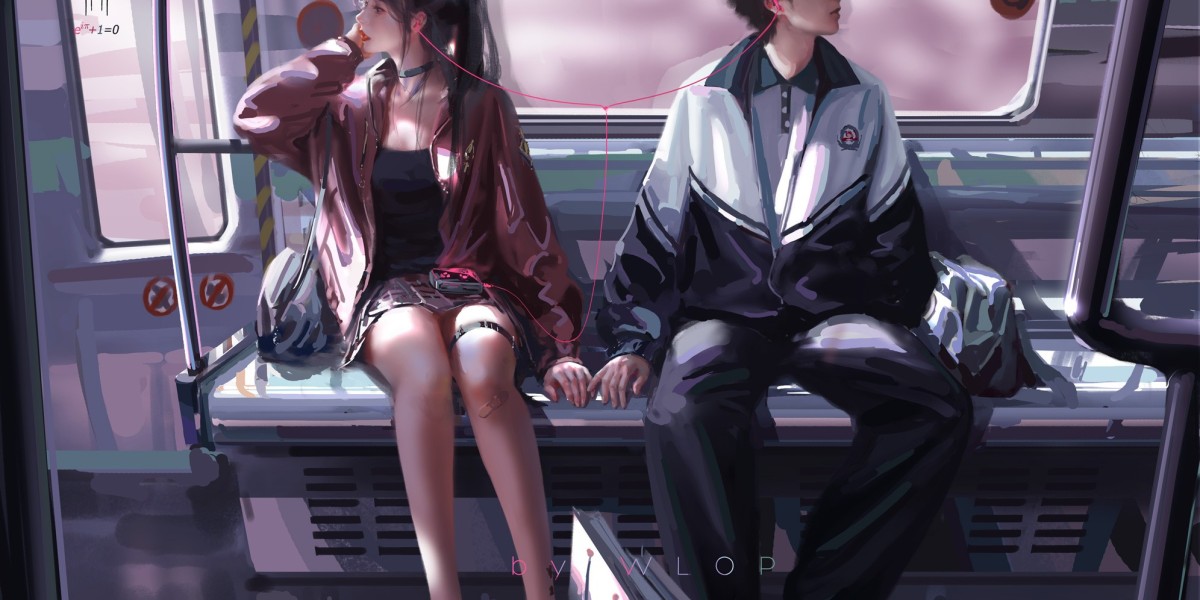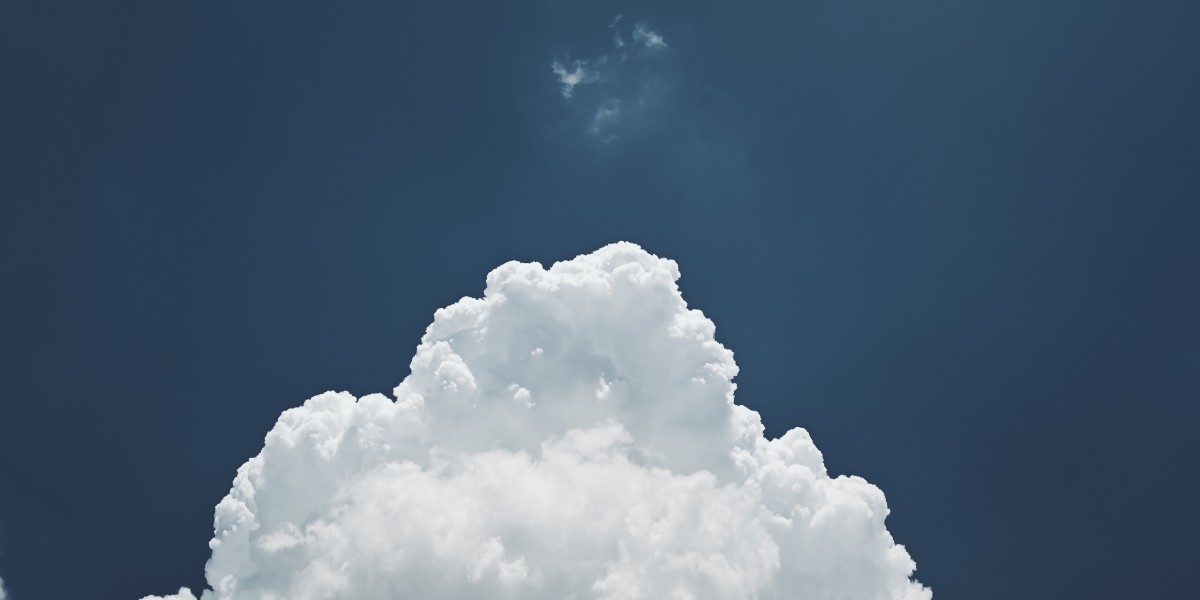Unlocking the Future: How to Choose the Perfect 3D Printer for Your Creative Dreams!
3D printing has emerged as a transformative technology, revolutionizing various creative fields such as art, design, engineering, and even healthcare. As the popularity of this innovative process continues to grow, so does the diversity of 3D printers available in the market. Among these, large 3D printers stand out, offering expansive build volumes and unique capabilities that can significantly enhance your creative projects.

Choosing the right 3D printer is crucial, especially when it comes to larger models that can accommodate intricate designs and larger prototypes. Whether you are an artist looking to bring your visions to life or a designer aiming to prototype a product, the right large 3D printer can be a game-changer. In this article, we will explore essential factors to consider when purchasing a large 3D printer, compare different options, and provide insights to help you make an informed decision.
Understanding Large 3D Printers
A large 3D printer is generally defined as a printer that can produce objects with substantial dimensions, often exceeding the typical build volume of standard models. These printers are commonly used in industries such as architecture for creating detailed models, in the automotive sector for prototyping parts, and in the arts for crafting large sculptures. The ability to print bigger items opens up a world of possibilities for creativity and functionality.
One of the key advantages of using a large 3D printer is the capacity to create complex designs without the need for assembly. This not only saves time but also enhances the structural integrity of the printed object. Additionally, larger models often allow for the use of multiple materials, enabling creators to experiment with textures, colors, and finishes that smaller printers may not support. Ultimately, the capabilities of a large 3D printer can significantly elevate the quality and impact of your projects.
Key Features to Consider
When evaluating a large 3D printer, several features are critical to your decision-making process. Firstly, the build volume is paramount; this refers to the maximum size of the object that can be printed. A larger build volume gives more freedom in design and can accommodate ambitious projects. Next, print resolution plays a vital role in the quality of the finished product. Higher resolutions result in finer details and smoother finishes, which are essential for intricate designs.
Material compatibility is another crucial consideration. Different 3D printers support various materials, including plastics, metals, and resins, each offering unique properties. Depending on your creative goals, you'll want to choose a printer that can handle the materials needed for your projects. For instance, if you’re creating functional prototypes, you’ll need materials that can withstand stress and wear. Understanding these features will help you align your choice of printer with your specific creative ambitions.
Types of Large 3D Printers
There are several types of large 3D printers available, each utilizing different technologies and processes. Fused Deposition Modeling (FDM) is one of the most common types, where thermoplastic filaments are melted and extruded layer by layer to create an object. FDM printers are generally more affordable and user-friendly, making them suitable for beginners. However, they may not offer the same level of detail as other technologies.
Stereolithography (SLA) printers use a laser to cure liquid resin into hardened plastic, resulting in higher precision and smoother surfaces. However, they can be more expensive and require more maintenance. Selective Laser Sintering (SLS) is another option, where powdered materials are fused together using a laser. SLS is ideal for creating durable parts but typically comes with a higher price tag. Understanding the pros and cons of each type will help you determine which technology aligns with your creative needs and budget.
Budget Considerations
Establishing a budget for purchasing a large 3D printer involves more than just the initial cost of the machine. While it’s tempting to focus solely on the price tag, potential hidden costs can accumulate quickly. For instance, materials can vary widely in cost, and some printers may require specific types of filaments or resins that can be pricier than standard options. Maintenance and repair costs should also be factored in, as larger printers may require specialized parts.
To find a balance between cost and quality, it’s essential to do thorough research. Look for printers that offer a good warranty and customer support, which can save you money in the long run. Consider starting with a mid-range printer that meets your basic needs and gradually upgrading as your projects evolve. This approach can help you stay within budget while still achieving your creative goals.
Making the Decision
As you weigh your options for purchasing a large 3D printer, it’s essential to summarize the key points discussed. Consider your specific needs, such as the types of projects you plan to undertake, the materials you'll be using, and the level of detail required. Reflect on your budget and the potential long-term costs associated with the printer you choose.
Ultimately, your decision should align with your long-term creative goals. Take your time to research and compare different models, and don’t hesitate to seek advice from others in the 3D printing community. The right large 3D printer can empower you to bring your creative visions to life, so it’s worth investing the effort to find the perfect fit.
Empowering Your Creative Journey with the Right 3D Printer
Choosing the right large 3D printer is a pivotal step in unlocking your creative ambitions. With the right machine, you can elevate your projects to new heights, whether you’re designing intricate art pieces or functional prototypes. Remember to take your time researching and comparing options, and don’t rush the decision-making process.
Ultimately, the right large 3D printer can be the key to unlocking your creative potential, enabling you to explore new ideas and bring them to fruition. Embrace the journey of discovery and let your imagination soar!








